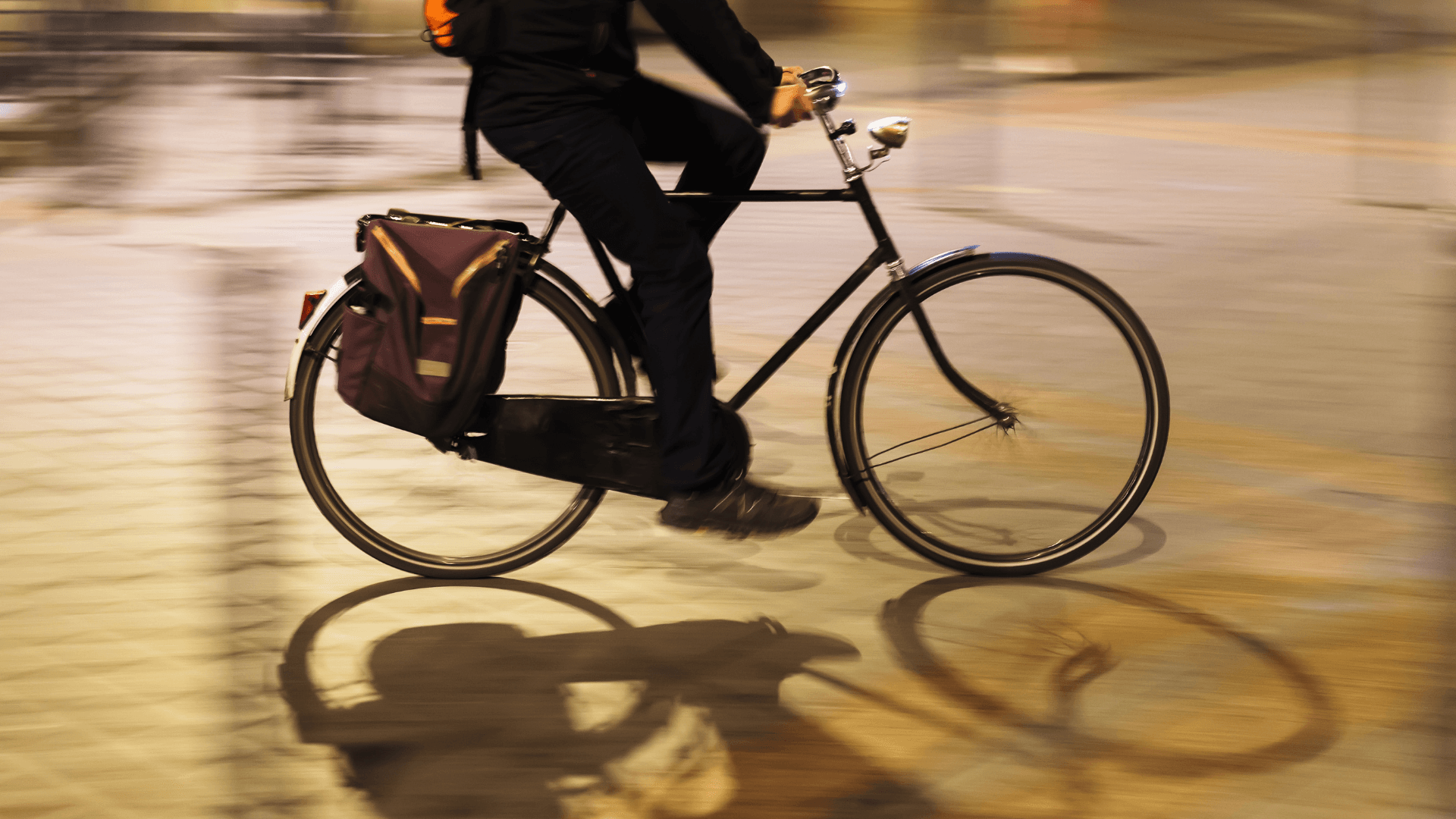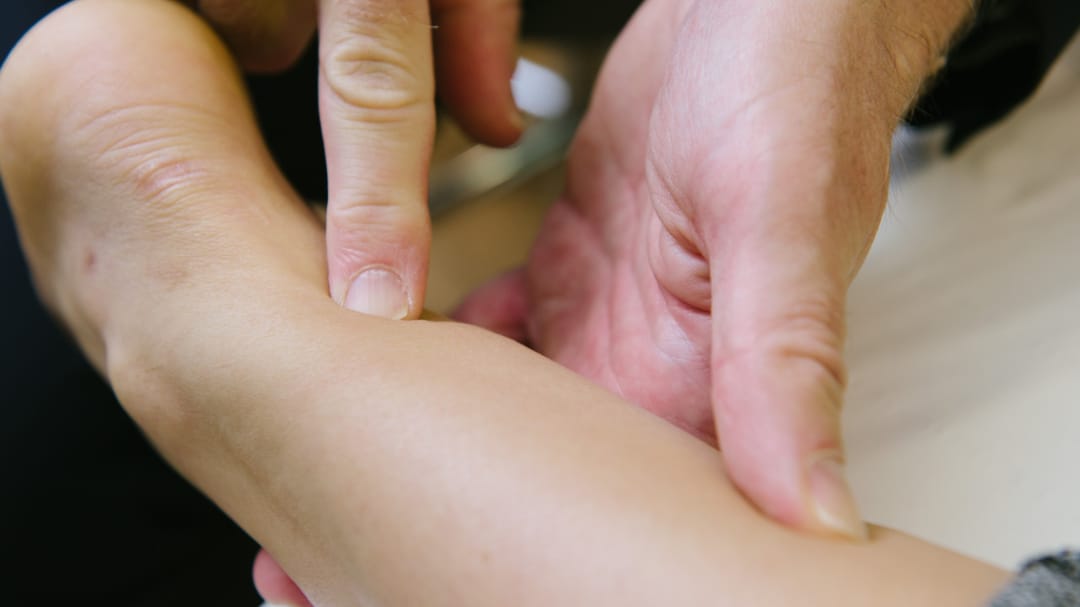Ski Injuries: Knee and Shoulder Risks on the Slopes

Dr Michael Burdon
Consultant in Sport, Exercise & Musculoskeletal Medicine
- 28 January, 2020
- Exercise
- Winter Sports
- 4 min read
Ski Injuries: Knee and Shoulder Risks on the Slopes
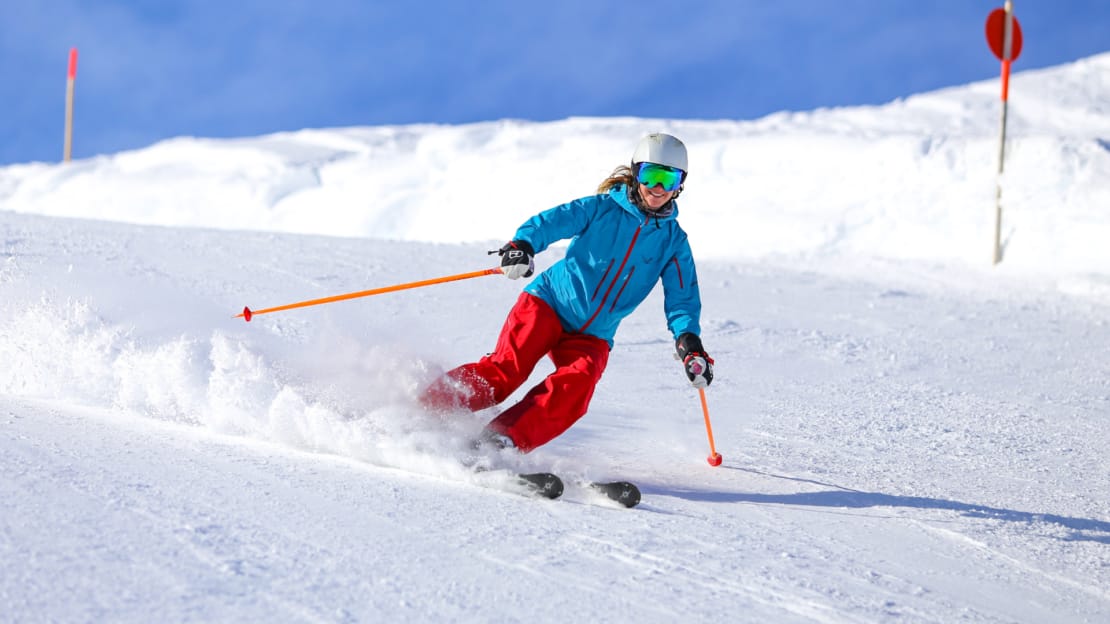
With the ski season back in full flow and the powder settling nicely, if you find yourself unfortunate enough to sustain a knee injury whilst on the slopes, consider the following with your medical care.
Statistics would say that knee injuries are the most prevalent (Hunter 2000), 2.5-3 knee injuries per 1000 days of skiing. The most common and significant injuries affecting the knee following a ski injury are those to the Anterior Cruciate Ligament (ACL) or/and the Medial Collateral Ligament (MCL). Frequency of injury to the ACL and MCL is relatively high and hasn’t changed much in recent years (Barahona et al 2018), due to the high rotational forces that can occur within a traumatic accident skiing.
Following a medical assessment from the local medical centre you should be advised around the potential management of the injury. Recently, there has been a noticeable trend to have surgery recommended within 24-48 hours in these medical centres. ACL or MCL surgery isn’t simply that simple – the decision to have surgery is an important one that needs time prior to any surgical invention. There are many factors to consider.
- Manage the swelling/pain – the knee will still have considerable inflammation (swelling and pain) within the joint at 24-48 hours, sometimes it can last for weeks – it is incredibly important to ensure that there is full/optimal range of movement and no swelling prior to any surgery. There is an increased risk of post-operative issues if surgery takes place on an acutely (early stages) inflamed and irritated knee.
- Before surgery there is normal 6-8 week prehabilitation (strengthening and mobility focus) period of time to optimise the knee prior to surgery – the better the state of the knee prior to surgery, the better the outcome.
- Discuss your diagnosis – understand the surgery technique, timeline and rehabilitation period – this is normally 9-12 months to return to full function. Surgeons can have different techniques for the same operation – assessing the correct one for your optimal recovery is key.
- Ask questions – understand the potential risks, limitations and benefits of surgery, and understand that some injuries can be managed without surgery.
- Talk with others who may have sustained the same injury – trust me, they’re out there!
- Take good care of yourself and plan your aftercare – make sure you’re physically ready for surgery; you’ll be less active for at least 6-8 weeks after surgery. You will need a good understanding about how the surgery may impact on your life in these initial weeks.
Food for thought
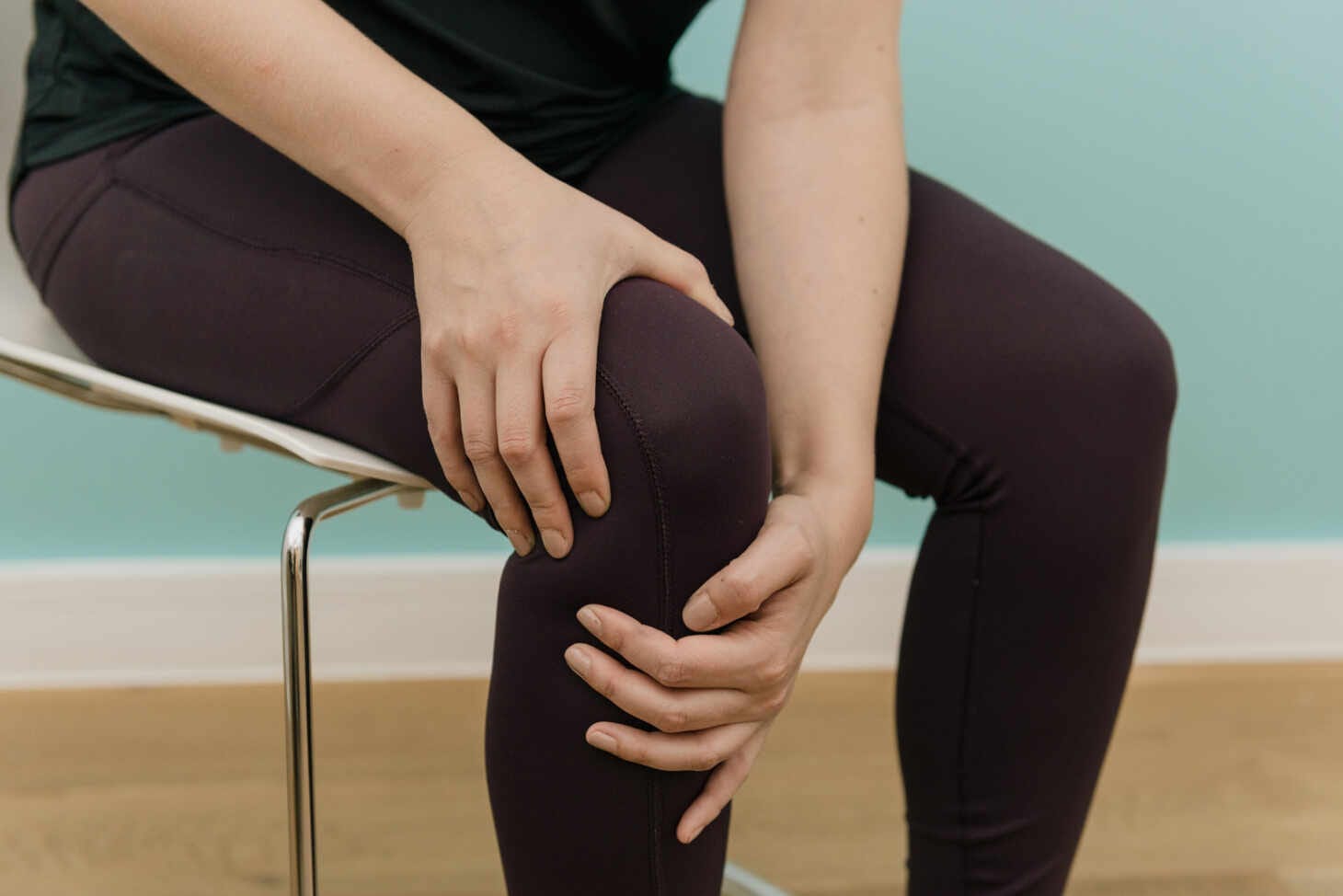
Not all knees require an ACL reconstruction and it is important to understand how the symptoms are going to influence your daily activities. People who have not had their ACL reconstructed have also been able to achieve their rehabilitation goals. There is a recent case study of a professional footballer who returned back to their elite standard without ACL surgery (Weiler et al 2014). It is important to highlight that there are considerations for managing an ACL deficient knee, but research would certainly suggest that some ACL deficient knees are able to return to full function.
What would a ‘pre-habilitation’ program look like?
To ensure that you are ready for surgery there must be a focus on range of movement and building strength. To optimise movement a stationary bike can help, in conjunction with gentle knee bending. To build strength we must focus on ensuring that activation within the glutarals, quadriceps, hamstrings and calf have been thought about. This could include different types of contraction to enable the muscles to re-educate themselves about how to function. The better you are going into the surgery, the better you’ll come out the other side.
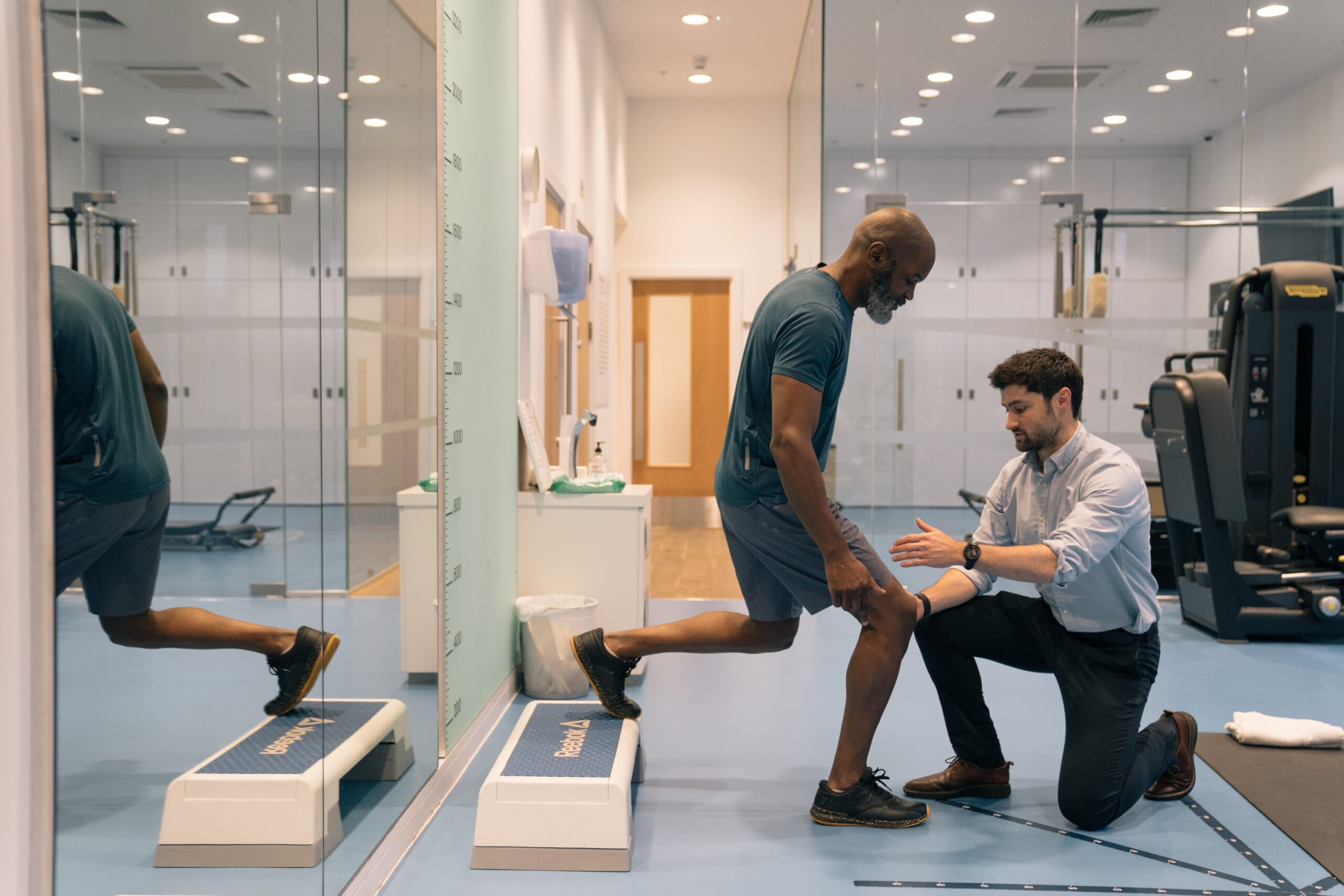
Example of pre-habilitation programme (2-3 times/week)
- Stationary Cycle – 20-30 minutes
- Double Leg Squats – slow eccentric focus – 3 x 5 – progressed onto weighted if able
- Double Leg Straight Leg Hamstring Bridges – 3 x 5 holding for 5 seconds – progressed onto single leg when able
- Double Leg Bent Leg Hamstring Bridges – 3 x 5 – holding for 5 seconds – progressed to single leg when able
- Single Leg Balance – 3-5 x 20 seconds – progressed by uneven surfaces when able
- Double Leg Press – medium weight – 2-3- x 15-25 – progressive weight and also shifting towards single leg when able
- Step Ups – 3 x 15 each leg – progressed onto single leg step squats or alternatively increase the height of step
If you are unfortunate enough to sustain an injury whilst away enjoying yourself, don’t rush into making a decision. Good practice is to ensure that you are physically, mentally and emotionally ready for any type of surgery. Put simply, come home and seek the input of a Specialist Knee Consultant and Specialist Musculoskeletal Physiotherapist, both with considerable experience in managing ACL, MCL or other knee injuries.
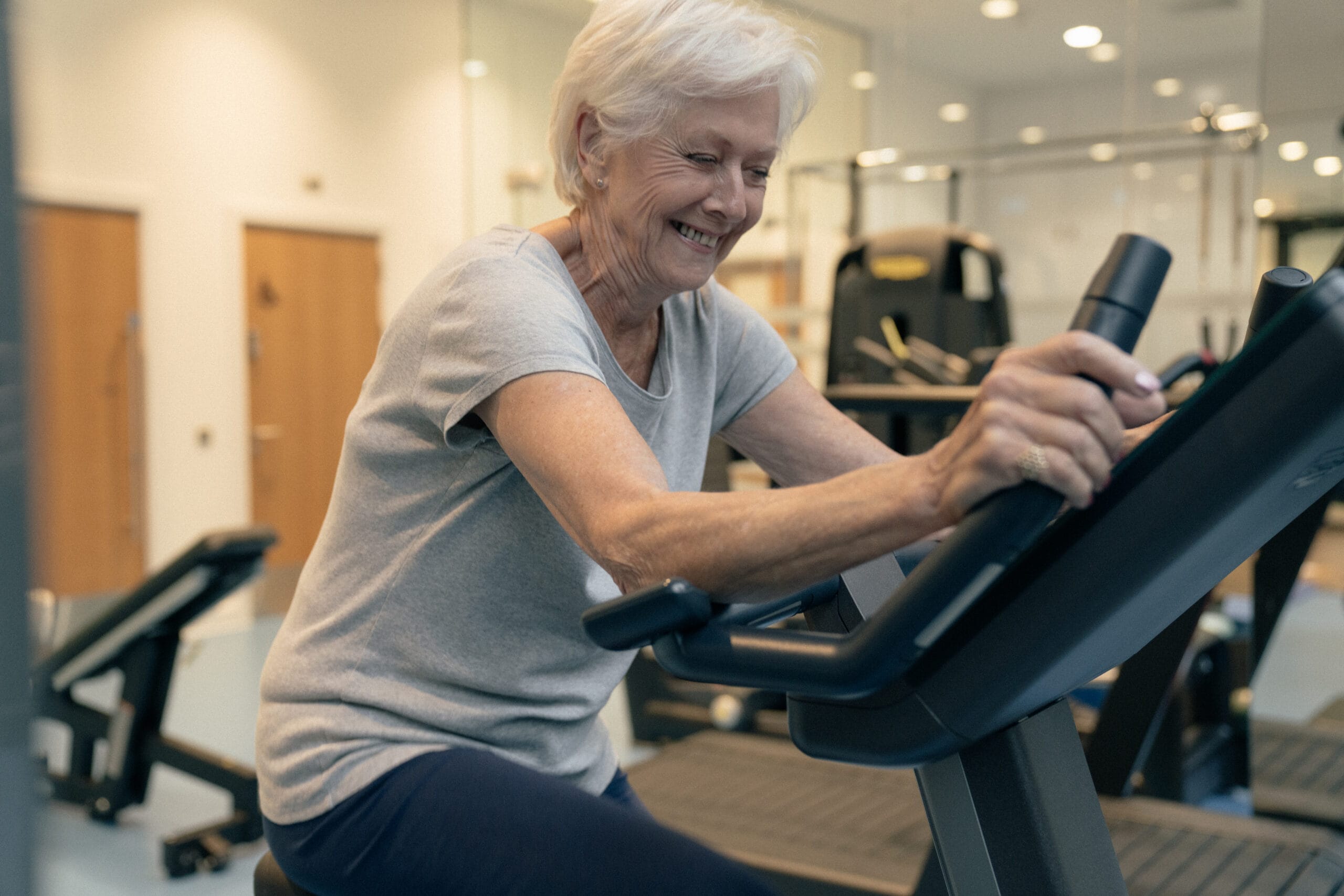
References
Barahona, M., Rojas, J. T., Courtin, C. et al (2018) The Evolution of Knee Anterior Cruciate Ligament Tear Incidence in a Single Ski Resort: 23 years overview. MOJ Sports Medicine. Vol. 2 Pages 103-106
Hunter R, E. (2000) Current Concepts Skiing Injuries. Sports Medicine. Vol 27. Pages 381-389
Weiler, R., Monte-Colombo, M., Mitchell, A. et al (2014). Non-operative management of a complete anterior cruciate ligament injury in a English Premier League football player with return to play in less than 8 weeks: applying common sense in the absence of evidence. BMJ Case Rep. Pages 1-6

Advice
Over the last 20+ years our experts have helped more than 100,000 patients, but we don’t stop there. We also like to share our knowledge and insight to help people lead healthier lives, and here you will find our extensive library of advice on a variety of topics to help you do the same.
OUR ADVICE HUBS See all Advice Hubs